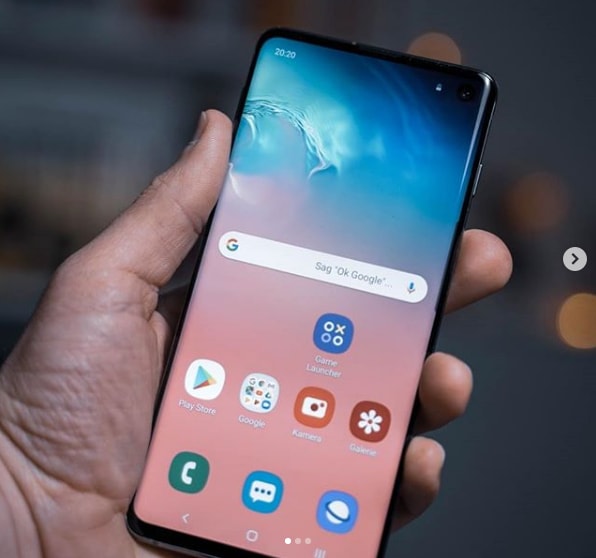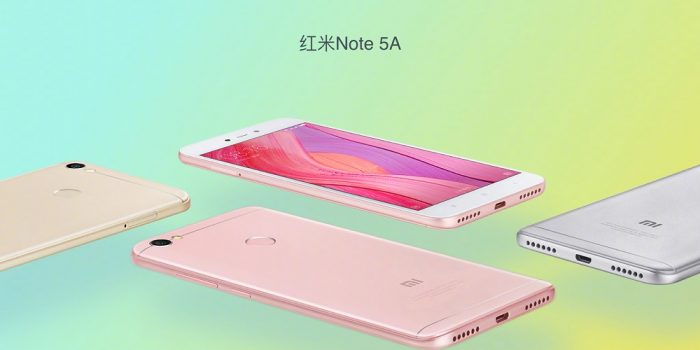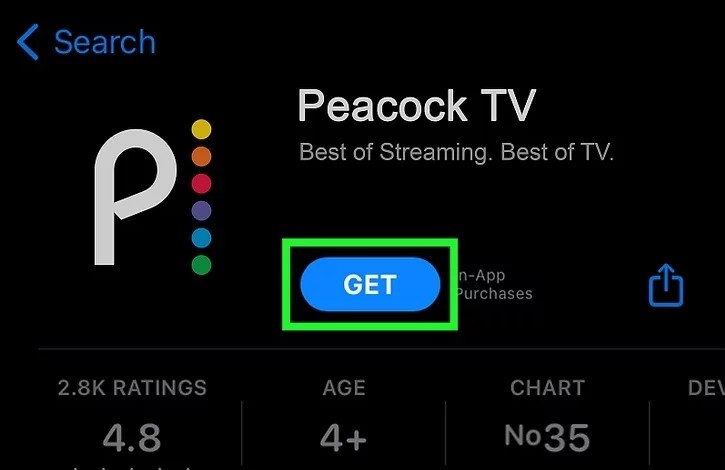A couple of years ago Google released the Android 8.0 Oreo software update. Among many other changes, this update added an option for OEMs to include an A and B partition slot for Seamless System Updates. Not all companies have added support for this feature though but there’s an application that checks to see if they have or not.
I recently came across an issue when trying to update my OnePlus 7 Pro while maintaining root access to it. I believe the issue had to do with the TWRP install but in any case, I ended up with a bootloop. To fix it, I decided to ‘rollback’ to the previous version (the version I was on) by switching the active slot back.
However, I didn’t know which partition slot was currently active.
So after figuring it out, I thought it would be a good idea for a tutorial. That’s what I published yesterday and I hope it goes on to help a lot of people. Although, halfway through that tutorial I thought to myself, “how will a person know if their device supports this or not.”
This is something that I am aware of because I pay attention to small details but most people won’t even know. That’s, more or less, exactly how Google intended it to be too. It’s why they call the feature Seamless System Updates. It works in the background and shouldn’t be immediately recognizable to the user.
So, after wrapping up that tutorial I added this idea to my to-do list. So, there are a number of ways to check whether or not your device supports Google’s Seamless System and the A/B partition setup that goes along with it. I will be highlighting an app-based method here, but check down below for some additional ways too.
Time needed: 3 minutes.
How to Check if Your Smartphone Supports Android’s A/B Partition Slot System
- Open up the Google Play Store application
- Search for and install the Treble Check application
- Open the application up and see if it supports the Seamless System Updates feature
You will either be told it is unsupported (because it only has Slot A), or that it is supported (which means it has the A/B partition slot system).

So, as you can see the app-based method is very quick and easy to do. It only requires that you download a free application from the Play Store and then open it up. You’ll be told right there whether or not your smartphone or tablet supports the A/B partition slot system.
Again, this will be referred to in the application as Seamless System Updates, and it’s the exactly what we’re looking for.
If your device supports the A and B partition slot scheme then you can do some interesting things with it. Like I mentioned above, it can be used to go back to a working version of Android if you attempted an OTA update that botched something up along the way.
In my situation, I was able to get away from the bootloop by just switching back to the other active slot. That keeps me on that older version of Android (for the time being), but at least it got me out of a bootloop. From there, you can proceed however you wish but I really like that I was able to do that.
You can leverage the A/B partition slots in other ways too and I’ll cover those in future tutorials.
Using ADB to Check for Seamless System Update Support
Now, let’s say that your device is already in a bootloop and you can’t download an application to check for this feature. You can also use ADB to find out with the exact same command that we used in yesterday’s tutorial. Since the A/B partition slot data is displayed toward the bottom, it’s easy to detect too.
Once you get the device in Fastboot Mode, just execute that fastboot getvar all and look at the results toward the bottom.
-

Results of a device that does not support A/B partitions. -

Results of a device that supports A/B partitions.
So, you can instantly see the difference here in these results. The first image is a screenshot of the results I got on a smartphone which does not support Android’s Seamless System Updates feature. This means it only has the A slot and does not have support for Slot B.
The second image to the right here shows another smartphone but this one supports the Android 8.0 Oreo feature You can tell because of the bottom dozen or so lines that we see after executing that Fastboot command. It’s mentioning both the A and B partition slots while the other device didn’t.






Thanks a lot for writing this article. I have phone accessible only in fastboot, and most of the artcles told to follow steps which can only be run when ROM boots up. This article was exactly what I needed but, unfortunately, the pictures showing result of in the two different devices is removed from actual webpage and thus they are not showing. Please look into this because a usual user, not much to tech stuffs, like me, can’t differentiate between the two codes without having an example code :/